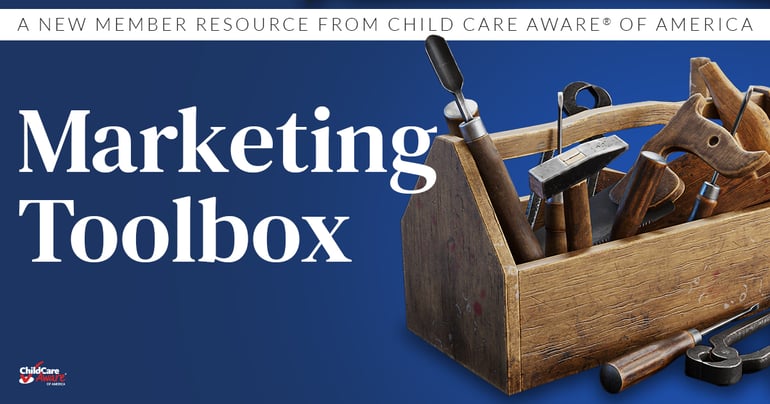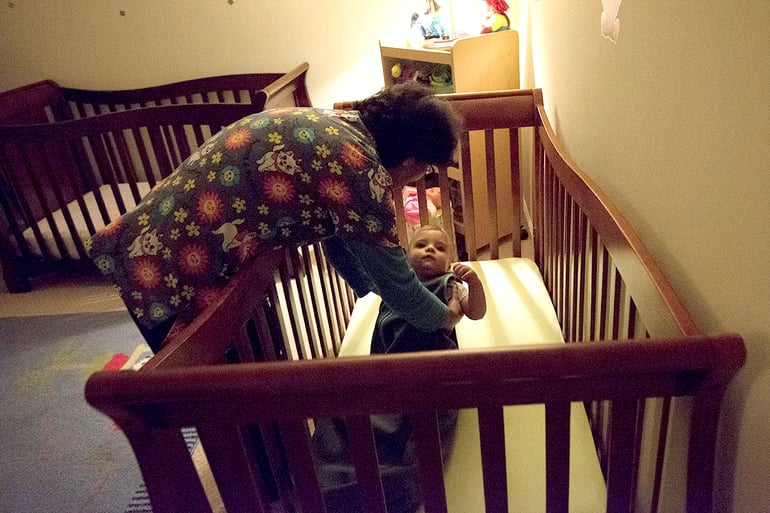TikTok? E-newsletters? Direct mail? Communications tools and tactics are always changing, but the core principles remain unchanged.
Marketing Toolbox Provides CCAoA Members with Practical Support
Topics: Business Operations for CCR&Rs, Professional Development, Best Practices
Continue ReadingRecalls for Sleep Products – What You can Do to Ensure Safe Sleep for Babies
Infant sleep can be one of the hardest things a parent, provider or another caregiver must handle when caring for a baby. However, not all sleep places are created equal; in fact, some can be downright deadly.
Topics: Health & Safety
Continue ReadingPBS NewsHour Series on Child Care Features CCAoA CEO
PBS NewsHour is airing a five-part series, entitled Raising the Future: America's child care dilemma, from July 12-16 that provides an in-depth look at the state of child care across the country. Child Care Aware® of America CEO Lynette M. Fraga, Ph.D., is featured in the first segment on July 12, 2021.
Topics: News
Continue ReadingChild Care Capacity Building — a Human Centered Design Approach
We are all lifelong learners. Granted, for some of us, the pursuit of learning is an inherent strength. For others, it can be a challenge, a heavier lift, but our changing world demands it of us. So for folks like me, where it most certainly is not a strength, we take a deep breath and dive in. And we survive, often even thrive, and want to share that learning with others. But let me back up.
Topics: Business Operations for CCR&Rs, Systems Building
Continue ReadingStoryCorps Interview: Founders of a Bilingual Child Care Center
StoryCorps, a national nonprofit whose mission is to record, preserve and share the stories of Americans from all backgrounds, and Child Care Aware® of America recently partnered on a project to interview child care providers. The providers were asked about their personal journey in the child care field and the impact of COVID-19 on their work and life.
Topics: Business Operations for CCR&Rs, Policy & Advocacy, Family Stories, Best Practices, Health & Safety
Continue ReadingCongressional Child Care Champions Release Bold Legislative Proposals
The past year showed just how essential child care is to the country and our economy. As the world reopens and parents return to work, policymakers are realizing that it is not sufficient to restore the child care sector to where it was prior to the pandemic.
Topics: Policy & Advocacy
Continue Reading








